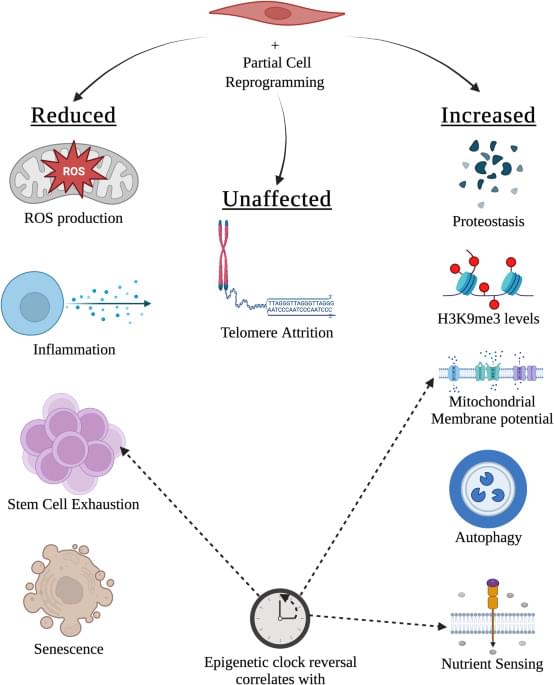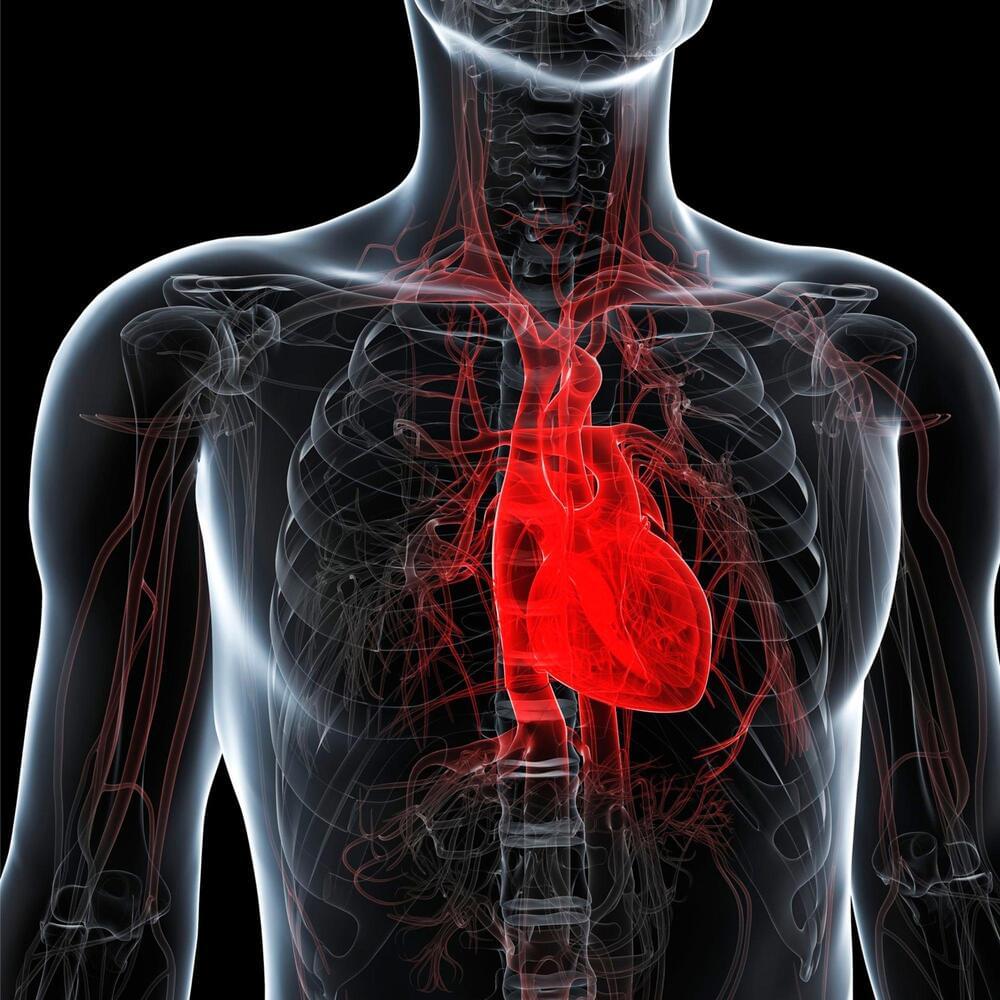Use my code SABINEH here https://partner.ekster.com/SabineHossenfelder to get up to 35%off Ekster’s walletsPhysicists will soon begin an experiment at the S…
Get the latest international news and world events from around the world.
Fermi Paradox: The Interdict Scenario
An exploration of the interdict scenario solution to the Fermi paradox. My Patreon Page: https://www.patreon.com/johnmichaelgodierMy Event Horizon Channel: htt…

‘Cancer-causing gas’ used in thousands of hospitals across US
A new report has raised alarms about a medical gas used in thousands of hospitals across the US that could be linked to cancer.
Ethylene oxide (EtO), a colourless, odourless gas used to sterilise medical equipment such as ventilators, surgical kits, catheters, and gowns, may cause cell mutations and increase cancer risks, including blood, stomach and breast cancer, according to recent research.
Concerns are particularly high for those living near sterilisation facilities where EtO can remain airborne for hours, causing repeated exposure.
UK startup breaks pressure record with its novel gun-type nuclear tech
Near 99 percent accuracy of bug patching in python programming language.
“The experiment deepens First Light’s ongoing partnership with Sandia National Laboratories, and helps the UK fusion leader to continue developing its unique amplifier approach to inertial fusion,” First Light Fusion explains.
First Light Fusion believes this “strengthens the case” for its “unique amplifier technology.” It also shows that the technology can be used, in theory, on other platforms, too.
In the core of the Sun, hydrogen is fused into lighter elements under extremely high temperatures and pressures. This fusion process produces light but also an incredibly large amount of energy. If we can replicate it on Earth, it could open the door to near-endless, clean energy.
Exploring the Brain: from Synapses to Cognition
The human brain is a remarkably complex organ, consisting of billions of interconnected neurons. It can be divided into distinct regions, each with specific functions, such as memory and decision-making. Cognition, which includes processes like perception, memory, language, and problem-solving, is all orchestrated by the brain. It’s through these cognitive processes that we perceive and interact with the world around us.
What is special about the structure of the brain compared to other organs? What is the principled way of understanding how the brain works? How does the brain contribute to our sense of Self? Is it possible to compare the brain with the computer? Is it possible to enhance the way that the brain works? What is the brain-basis of language?
These and other questioned are answered by Serious Science experts from leading universities from all around the world. The coursed is comprised of 15 lectures filmed in the period from 2014 to 2020. If you have any questions or comments on the content of this course — please write us at [email protected].
00:00 Connectomics / Jeff Lichtman.
14:30 Synapse Elimination at the Developing Neuromuscular Junction / Jeff Lichtman.
25:17 Genomic Imprinting and the Brain / Catherine Dulac.
36:50 Brain Function and Chromatin Plasticity / Catherine Dulac.
47:45 Free Energy Principle / Karl Friston.
1:02:45 Self-construction / Onur Güntürkün.
1:16:38 Brain Networks / Sylvain Baillet.
1:32:33 Computational Modeling of the Brain / Sylvain Baillet.
1:47:22 Cognition Without a Cortex / Onur Güntürkün.
2:02:17 Brain Training / Barbara Sahakian.
2:14:50 Brain Language Research / Friedemann Pulvermüller.
2:26:49 Brain Imaging / Karl Friston.
2:39:30 Functional Brain Imaging / Srinivas Sridhar.
2:52:21 Clinical Brain Imaging / Sylvain Baillet.
3:08:38 Effect of Music on the Brain / Lauren Stewart.
Follow us:
LinkedIn: / serious-science.
Twitter: / scienceserious.
FB: / serious.scie…
Instagram: / serious.sci…
Support us on Patreon to see more videos: / seriousscience.

Squid-like plant that lives mostly underground is new to science
For the first time in nearly a century, a new genus of plant has been discovered in Japan, but it looks more like a squid or an alien than a plant.


New Car Can Shake Snow Off Like a Gigantic Dog
Like a certain Pixar movie come to life, Nio — China’s answer to Tesla, basically — has unveiled in a video that its flagship electric car can literally shake snow and ice off itself in seconds, like a Siberian Husky who’s done running the Iditarod Race.
In a video posted to Weibo this past weekend and spotted by Business Insider, Nio showcased this cool ability in its upcoming, ultra-luxurious ET9, which is set to be delivered in early 2025.
The premium four-door electric vehicle, which will cost an eyewatering $112,000, is able to do this doggy snow shake due to its advanced suspension system, dubbed Sky Ride, which includes independent hydraulic pumps for each wheel.


Anti-Aging Gene Shown To Rewind Heart Age by 10 Years
face_with_colon_three year 2023 The ultimate goal is to use crispr to modify genetic programming for eternal life this an example of heart age reversal.
An anti-aging gene found in centenarians has been shown to reverse the heart’s biological age by 10 years. This groundbreaking discovery, published in the journal Cardiovascular Research and led by scientists from the University of Bristol and MultiMedica Group in Italy, offers a potential target for heart failure patients.
Individuals who carry healthy mutant genes, commonly found in populations known for exceptional longevity such as the “blue zones,” often live to 100 years or more and remain in good health. These carriers are also less susceptible to cardiovascular complications. Scientists funded by the British Heart Foundation believe the gene helps keep their hearts youthful by guarding against diseases related to aging, such as heart failure.
In this new study, researchers demonstrate that one of these healthy mutant genes, previously proved particularly frequent in centenarians, can protect cells collected from patients with heart failure requiring cardiac transplantation.